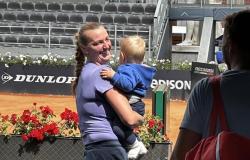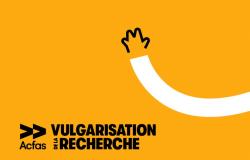Many young researchers, especially those who do a doctorate or a thesis, find it difficult to find the documents necessary for their work. Many studies were carried out, at the time of the protectorate, but are forgotten, unknown or not found for lack of reissues. This leads some young people to resume already treated subjects and in better way or to approach a phenomenon without having the required historical lighting.
This ignorance of existing field documentation concerns mainly social, medical or administrative works written by foreigners during their stay or their activity in Morocco. Thus, I have always wondered why doctoral students in sociology, medicine, or in gender issues have never consulted an important book written by a doctor that spent more than thirty years in Morocco and is buried in El Jadida in 1956. It is, doctress Eugénie Delanoë.
Arriving in Morocco in 1913, she was the author of several unpublished scientific articles and a book rich in information on Moroccan family life entitled: Thirty years of medical and social activities in Morocco published in Paris in 1949.
This doctor was entirely given to her doctor’s task, especially during the duration of the first World War where she was the only doctor in place and made home visits helped by Moroccan nurses trained in her service.
Eugénie Delanoë’s book provides important data on the life of a young girl in the Moroccan countryside, life imbued with suffering because of her entourage or her spouse.
By reading it, we are shocked by certain violence endured by young girls at that time.
Eugénie Delanoë talks about the early marriage of the Moroccan Muslim girl at the age of 10 to 12. She explains that these marriages were made for considerations of immediate interest with mature, often old, very often vicious and all the more demanding men with regard to their inexperienced young wife.
Arguments and examples in support, the author exposes the multiple suffering of the bride, to which are added local and general infections. “Woman becomes a real crippled from a genital point of view”. These diseases and infections could cause sterility.
The girl did not have her say and could not give her parents or her parents or her husband. In the end these unions would cause difficult deliveries, in completely unsuitable conditions and the girl could lose her life or undergo irreversible damage: tears, fistulas, incurable infections and repeatedly false layers.
The book by Eugénie Delanoë is full of examples of young women, gives their names and their places of residence in El Jadida and surroundings (Aounate, Sidi Bennour and Had Ouled Frej). She examined them to attest to their state of health, sometimes as an expert mandated by the court during violence due to a family or marital conflict.
This work remains one of the very rare documents which records the social and medical state of the young Moroccan during the first half of the 20th century. Its author addresses venereal diseases, multiple twin pregnancies, local beliefs on pregnancy, the treatment of syphilis in pregnant women and other points as delicate as sensitive.
I think that researchers and researchers in gender studies in Morocco should not ignore this work, available at the National Library of the Kingdom of Morocco in Rabat and other public reading institutions. Historian Nelcya Delanoë, born in Morocco, a granddaughter of the author, had herself, during her visit to El Jadida in 1995, deposited copies of this book, scanned in France, at the Jean Charcot establishment and the French Institute.
*El Jadida notebuilder








